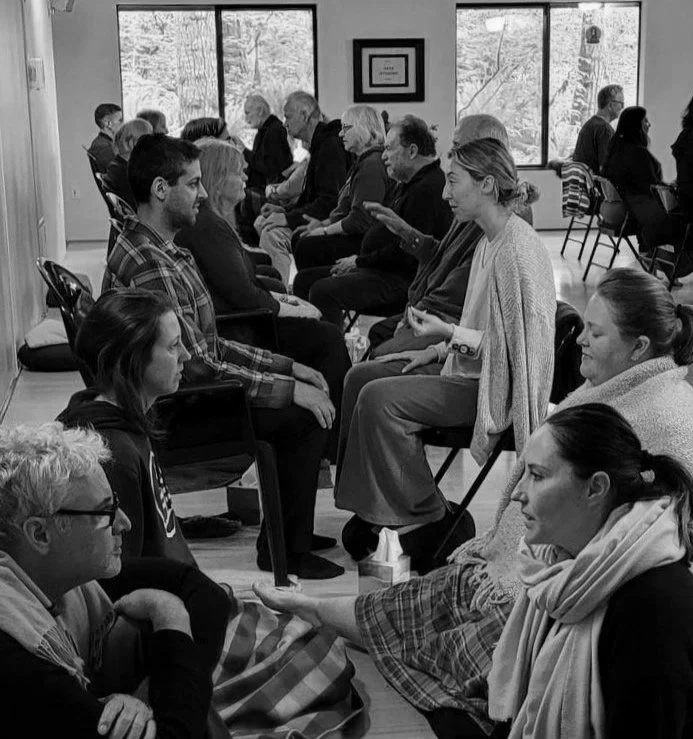Clearing
Clearing is a process developed between the years of 1965 and 1975 by Charles Berner. It is rooted in the understanding that a significant amount of our discontentment comes from unexpressed communications and breakdowns in our relationships. Over time, these unresolved occurrences accumulate, often leading to emotional distress or trauma.
While we can do a great deal on our own to ease this distress, addressing the deeper layers of our mind often requires support and facilitation. Clearing focuses on the areas that matter most to the client, aiming to restore the ability to communicate and connect with oneself and others more freely.
Using guided processes, the Clearer helps the client fully express what has remained unsaid. This process can lead to resolving current issues, releasing the impact of past trauma, and cultivating overall wellbeing. Clients often describe feeling more authentic, lighter, and emotionally freer—better able to engage in life without old emotional patterns, reactivity or judgments.
Some examples of processes that could be used include but are not limited to: Belief clearing, karma clearing, past incident clearing, grief clearing
Self-inquiry gatherings
Self-inquiry is the art of turning inward to explore the truth of who and what we are. Rather than seeking answers outside of ourselves, we meet our inner experience—our thoughts, emotions, and beliefs—with openness and curiosity.
It is not about finding the “right” answer, but about becoming more conscious of the unconscious stories that shape our inner world. As we bring gentle awareness to these patterns, something softens. Emotional reactivity loosens. A deeper presence emerges.
Over time, self-inquiry becomes a path of remembering—a return to the truth of our being. It can be practiced alone or in a supported, relational spaces such as in a dyad (two people seated in intentional inquiry). In these gatherings, we will be practicing self inquiry in the dyad format.
Clearing
Clearing is a process developed between the years of 1965 and 1975 by Charles Berner. It is rooted in the understanding that a significant amount of our discontentment comes from unexpressed communications and breakdowns in our relationships. Over time, these unresolved occurrences accumulate, often leading to emotional distress or trauma.
While we can do a great deal on our own to ease this distress, addressing the deeper layers of our mind often requires support and facilitation. Clearing focuses on the areas that matter most to the client, aiming to restore the ability to communicate and connect with oneself and others more freely.
Using guided processes, the Clearer helps the client fully express what has remained unsaid. This process can lead to resolving current issues, releasing the impact of past trauma, and cultivating overall wellbeing. Clients often describe feeling more authentic, lighter, and emotionally freer—better able to engage in life without old emotional patterns, reactivity or judgments.
Some examples of processes that could be used include but are not limited to: Belief clearing, karma clearing, past incident clearing, grief clearing
Self-inquiry gatherings
Self-inquiry is the art of turning inward to explore the truth of who and what we are. Rather than seeking answers outside of ourselves, we meet our inner experience—our thoughts, emotions, and beliefs—with openness and curiosity.
It is not about finding the “right” answer, but about becoming more conscious of the unconscious stories that shape our inner world. As we bring gentle awareness to these patterns, something softens. Emotional reactivity loosens. A deeper presence emerges.
Over time, self-inquiry becomes a path of remembering—a return to the truth of our being. It can be practiced alone or in a supported, relational spaces such as in a dyad (two people seated in intentional inquiry). In these gatherings, we will be practicing self inquiry in the dyad format.




